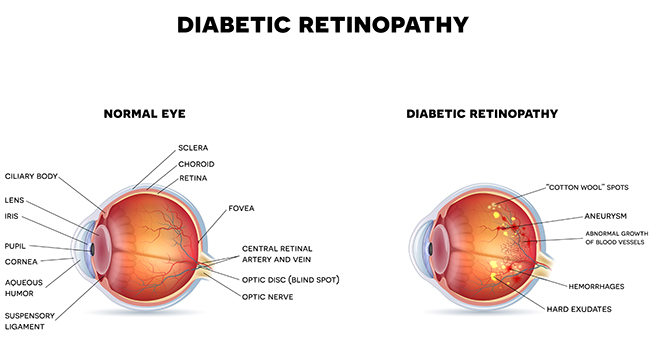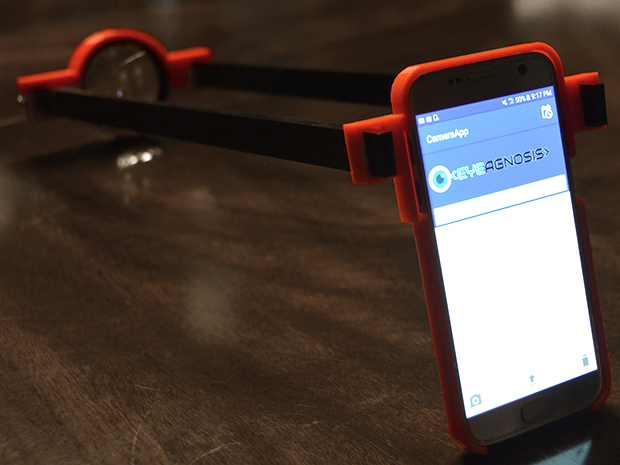Kavya Kopparapu, a 16 year old student at Thomas Jefferson High School for Science and Technology, Virginia, has invented a 3D printed device that can detect signs of degenerative eye disease.
The device works with an AI smartphone app. Kopparapu and her team digitally trained the Eyeagnosis package which is intended to be a cheaper, more accessible eye care alternative for patients with diabetes.

A fast-acting diagnosis to prevent blindness
Development of Eyeagnosis started when Kopparapu’s grandfather began exhibiting symptoms of diabetic retinopathy in his eye.
The disease, which affects around one third of diabetics worldwide, causes degeneration of blood vessels in the retina. If untreated severe cases can also cause blindness.

Looking for a solution to provide fast-acting diagnosis with bare-minimum equipment, Kopparapu, her 15-year-old brother Neeyanth, and high school classmate Justin Zhang, decided to put their computer science knowledge to the test.
Teaching smartphones to read the retina
The 3D printed device created by the team is a frame designed to fit comfortably on the back of a typical smartphone.
With a lens to focus the light from a phone camera’s flash, the device works the same as an eye-doctor’s pen torch – illuminating the retina at the back of the eye.

A photo is taken of the retina, and it is run through the Eyeagnosis app.
The app was trained to detect symptoms by Kopparapu and her team using image data from the NIH National Eye Institute’s eyeGENE database.
The finished device has since been tested by Aditya Jyot Eye Hospital in Mumbai that proved the package is able to diagnose with accuracy of a human ophthalmologist.
Article content, images are appeared from 3DPrintingIndustry and